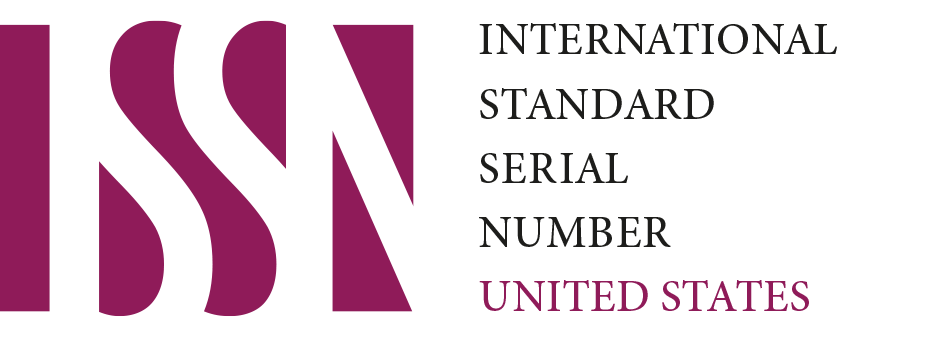تأثير إضافة مخلفات مصانع الرخام كبديل للرخام الخشن للخرسانة المستخدمة في البناء على مقاومة الضغط والموصلية الحرارية
Keywords:
concrete, marble cutting wastes, compression strength, thermal conductivity.Abstract
The recycling of waste from marble cutting factories and using it as an alternative to coarse aggregates in concrete works significantly contributes to reduce the environmental effects of the waste, along with as a result it required to study the importance of using such this kind of wastes to obtain on concrete with featured specifications in line with the development in the field of construction in terms of thermal insulation and pressure resistance has emerged. This study concerns with replacing the ordinary coarse aggregate with aggregate from marble cutting waste, with volumetric ratios (50% and 100%) over and above preparing a reference mixture. The plastic properties of the concrete were studied and the slump test was conducted, as well as the tests for the hardened concrete after 28 days of water treatment, represented by the compression strength test and thermal conductivity. Where the test results indicated an increase in the mechanical properties of concrete with an increase in the aggregate of marble cutting waste, where the compression strength of the reference mixture was recorded as 36.99 MPa, and the percentage of increase in the pressure resistance was about 27.3% when replacing the rough aggregate with 100% marble cutting with a value of 50.87 MPa, while it decreased the pressure resistance of concrete by 27.6% at a rate of replacement of 50% of marble cutting waste in place of coarse aggregate with a value of 28.98 MPa. Whilst for thermal conductivity tests of concrete and due to the lack of particular devices to measure thermal conductivity, simple procedure invented by were used to conduct the test, Whereas, the thermal conductivity value at the wet stage was reduced by (6% and 1%) than the reference mixture when substituting marble aggregates (100% and 50%), while in the dry state an increase in thermal conductivity was observed by (3.6% and 1.2%) over the reference mixture at Substitution (100% and 50%) of marble as an alternative to coarse aggregate.








